We’re fresh into 2022 and remain excited about how Ting is helping homeowners in their mission to protect their home and family. It was a busy year but in a good way. Here we take a look back at a small sample of Ting customer ‘saves’ in 2021, through photographs.
The Data Behind the Photos
First, it is important to note a few important facts:
- The images herein are all actual images documenting a Ting ‘save’ event.
- Each image is from a large catalog of electrical hazards Ting has detected, localized, identified, and mitigated before any major consequences or losses.
- Each Ting ‘save’ is confirmed by an independent qualified electrician or utility technician, and the offending fire hazard signal confirmed as ‘cleared’ by the Ting Fire Safety Team.
Each one of these hazards could have resulted in a devastating fire. We’d like to think that most homeowners would not want to wait to find out. If you had the ability to detect and remediate a real hazard that has the potential to ignite a fire, why not address it? Well, that’s the whole purpose behind Ting, and a big reason why are so passionate about providing a worry-free experience for our customers when Ting detects a hazard.
Hazards Found by Ting, in Photo Form – 2021
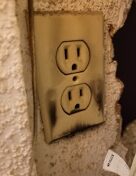
A tucked-away outlet that had started to arc.
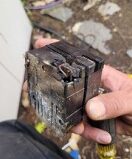
An electrical breaker with extensive damage from arcing, at the main electrical panel.
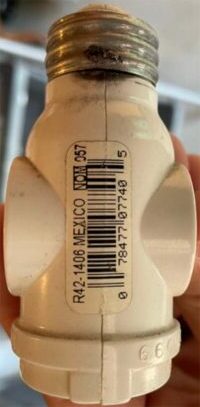
This adapter for a light bulb socket was arcing but where the homeowner could not notice it. It had progressed to the point of charring and melting part of the plastic at the base.

This radon pump was arcing at a connection inside the unit. These pumps can be located in basements, garages, and attics, and are often out of everyday sight.

Insulator failure on one phase of the main power conductor due to arcing and associated heat buildup.
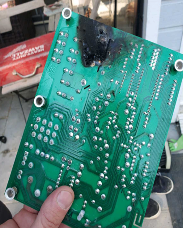
Clear heat damage from an arcing power supply module on a control board from a major appliance.
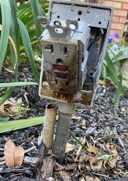
An electrical outlet outdoors with arcing and associated damage. A fire in this outdoor setting can be especially dangerous in areas prone to wildfires.
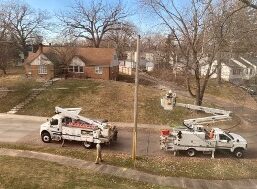
Emergency utility crew addressing a loose neutral at a transformer serving a few local homes; loose neutrals create dangerous conditions inside the home.
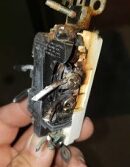
An electrical outlet with damage from electrical arcing at the terminal screw, but not evident on the face of the outlet.
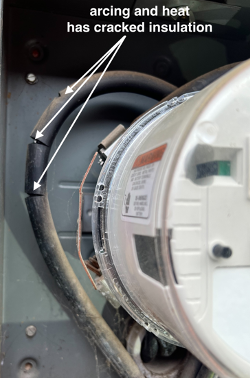
The main line from an electric meter was arcing, cracks in the conductor’s insulation are clearly evident.
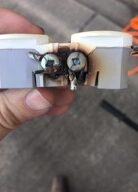
Arcing at a loose terminal screw connection; a poor fit between the screw and the conductor is to blame.
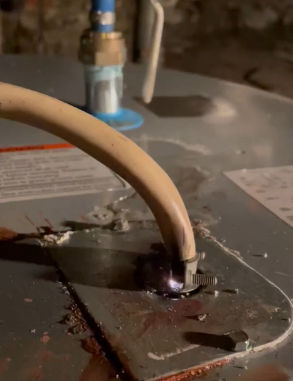
Arcing at the conductor entrance for a hot water heater. Notice the tiny flash at the metal collar.
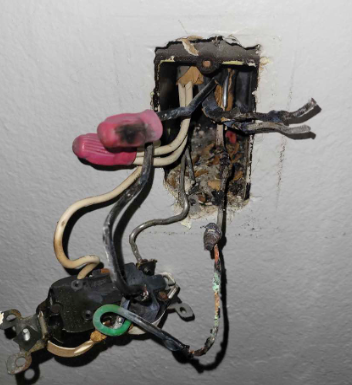
An older outlet did not show signs of a hazard, but inside the wall, there was excessive heat and insulator damage from arcing activity.
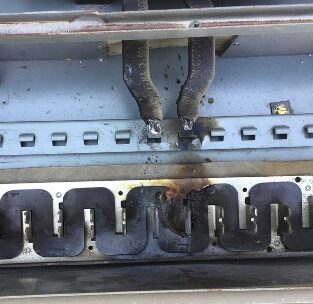
When a breaker is arcing from a poor connection to the bus bar, damage to the main panel structure can be extensive (and of course, this can also lead to a fire).
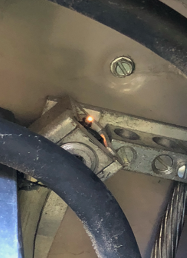
Notice the small orange spot near the middle of the photo – that’s tiny arcing side the main electrical panel; over time this arcing would progress and increase in intensity.
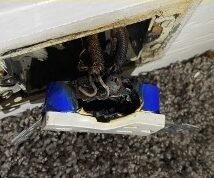
Electrical outlet with extensive damage behind the wall, hidden from everyday view.
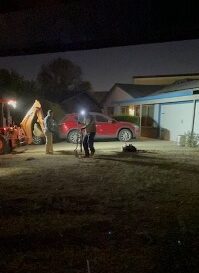
Emergency utility crew preparing to dig up a buried neutral line; loose neutrals create dangerous conditions inside the home, utilities know this and address them promptly once confirmed.
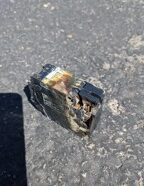
Another breaker from a panel where arcing had been occurring for some time, causing increasing damage from heat to the breaker.
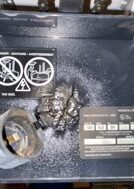
Heat damage from electrical arcing inside a garage door opener.
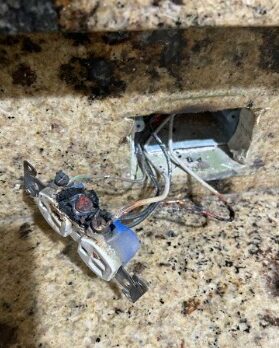
Yet another outlet tucked away from view suffering heat damage from arcing.
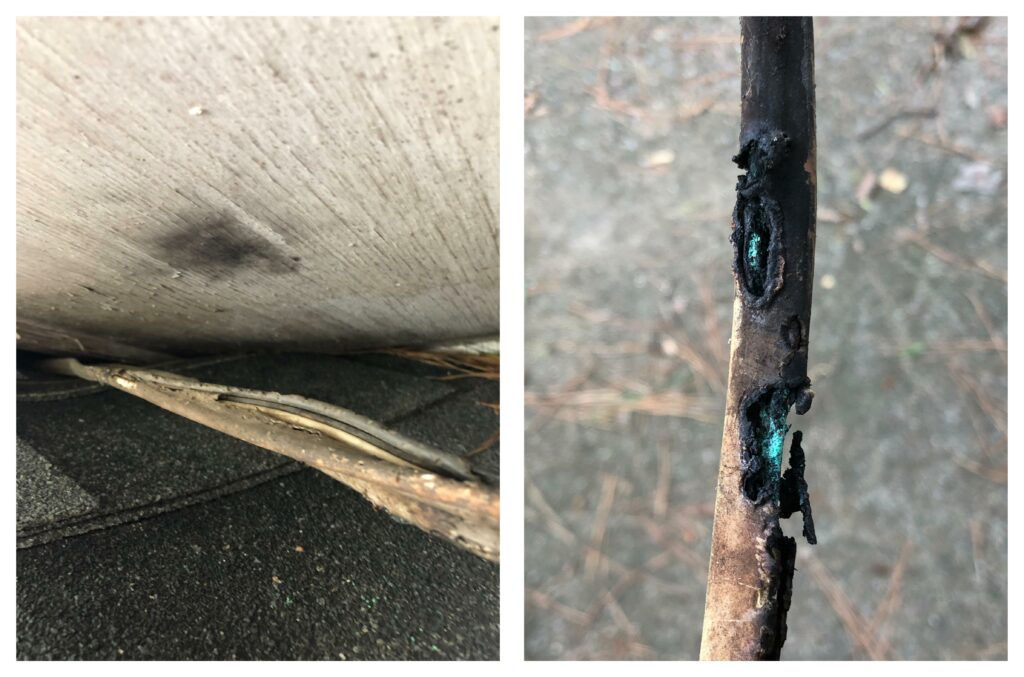
Older electrical branch line traveling from inside the home to the outside area, with extensive damage to the conductor insulation.
Fire Prevention is a Team Sport
We are super passionate about helping protect our customers. Ting is statistically proven to prevent nearly 75% of electrical fires. However, your ‘natural sensors’ – eyes, ears, and nose – can also help identify emerging potential hazards in your home. Trust your senses. Flickering lights, intermittent lights or devices, frequently tripping breakers, or electrical odors can indicate that an electrical hazard is developing. Contact the Ting Fire Safety team if you suspect an electrical hazard in your home.
Be safe!
